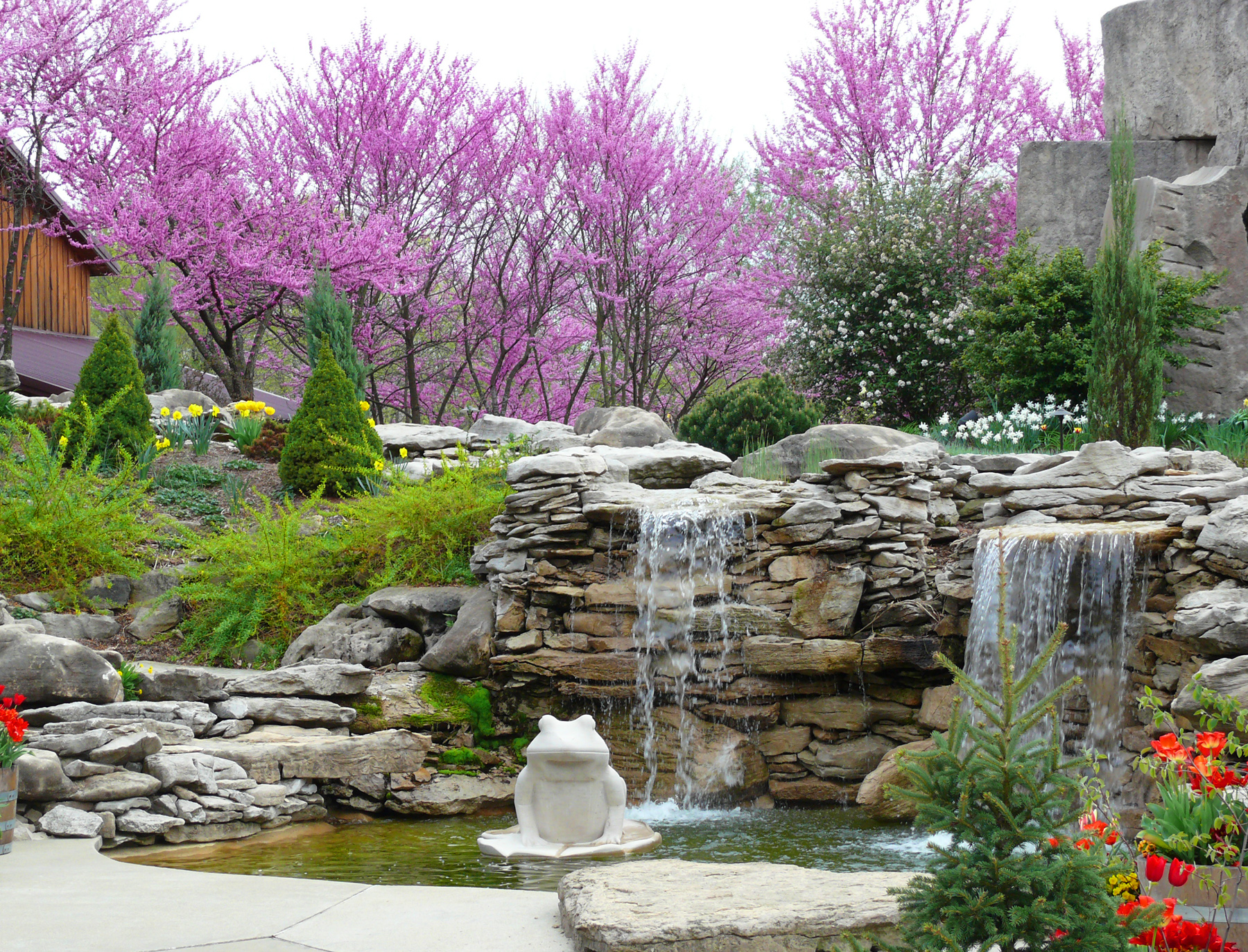Philippe Coquard’s Vineyard Reflections on a Difficult Spring
On May 4th, Philippe Coquard of Wollersheim Winery in Prairie Du Sac, Wisconsin commented on his spring 2012 vineyard experiences in the Wisconsin Grape Growers Association internet discussion forum. Coquard has one of the largest vineyards in Wisconsin at 27 acres and operates Wollersheim, the state’s largest winery, with his wife, Julie.
Philippe allowed Midwest Wine Press to print excerpts of his recent WGGA forum comments with the hope that other growers could learn from his experiences. For more information on the Wisconsin Grape Growers Association, please visit http://wigrapes.org. Here are Phillipe’s comments:
Hi all. I have been waiting to have better news and to share our experience here at Wollersheim Winery. Well it is not pretty!
What a strange year. 80% of the buds on Foch are fully opened with two leaves exposed. Go figure. Millot is late this year; thank God. And the whites are “more” normal with bud swelled to pink tips.
We have been battling frost since last Thursday (4/26) when we had 27 F at 10 feet and 26 F at 3 feet with the relative humidity at 40% and dew points from 14 F to 28 F. For frost protection, we have three wind machines, the frost dragon and some make shift heaters and fans and we still didn’t win the battle. Did we minimize the damage? We sure would like to think so. Three of us started our routine every night at 1 a.m. and went to until sun up. We kept on trying.
Did Kocide help ?? Like it has been said, it’s not proven. But did it hurt? No.
Sloped vineyards didn’t prove to be much better than flat land. Again go figure!
The only thing that appears to have made a significant difference is the training height. On our big, flat plateau, we have the two kinds of grapes side by side with a big wind machine located at the lowest point in order to “draw” the cold air down. Well, on the high trained side, we see 5% to 10% damage. On the low trained side, we see 60% damage. The results were the same on the slopes, the higher trained vine did better than the low trained.
We do like the Frost Dragon. I will be purchasing a second one. I feel that it is more effective that the wind machine.
Now the numbers, which vary a lot from field to field, with the height of the vines, as well as with the age of the vine and bud stage. If I had to pick a number, I would say that we lost 40% of the buds. It is still early and other buds will push but I think that we will have lost 20% to 30% of the crop.
Flea beetles were bad this year; we never sprayed in the past but we have to now. Deer are already feeding. Yes, they’re feeding on the new shoots so in one week we fenced all 27 acres.
So who still wants to grow grapes? It hasn’t been an easy week but we will survive and still make the best possible wines with what we will harvest.
The whites will not have been touched by all the problems. Good thing for the ice wine and the brandy.
Thanks All. Talk soon.
Philippe
Publisher’s Note: Midwest Wine Press visited Central and West Central Wisconsin vineyards during the week of May 7th. Foch and Edelweiss seemed to have the most freeze damage. (Foch has vinifera parentage that makes it less cold hardy than other cold climate vines.) However, frost damage to cold climate varietals was intermittent and seemed to depend greatly on vineyard location. Some vineyards on hilltops near the Wisconsin River and in the Driftless Region seemed to have escaped major freeze damage although some primary buds were clearly dead.
[wp_geo_map]



